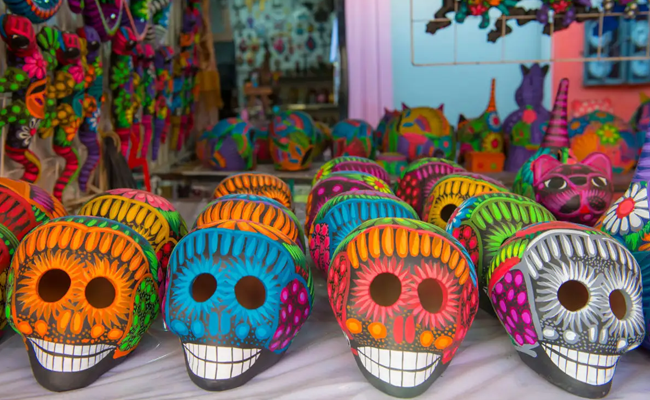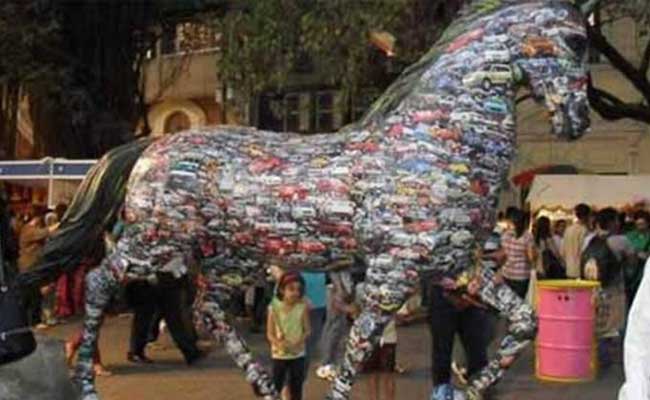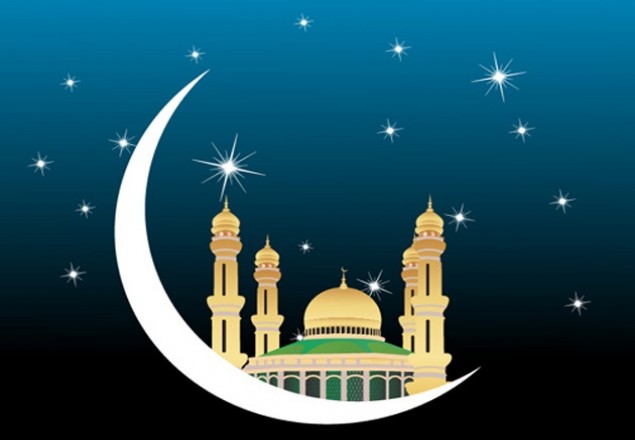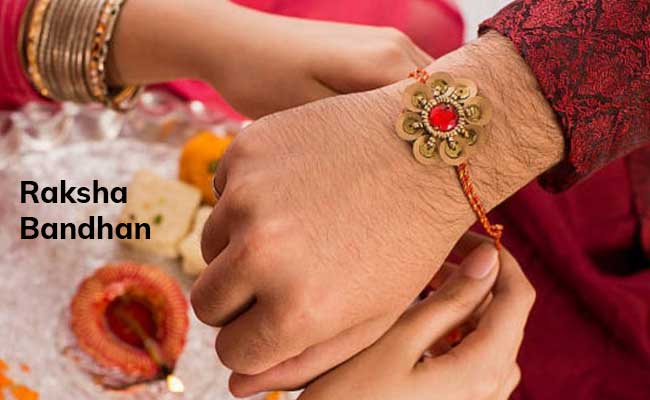Dia de los Muertos: A Celebration of Life and Death
Dia de los Muertos, or Day of the Dead, is a vibrant and colorful festival celebrated in Mexico and parts of Central and South America. It is a time to honor and remember loved ones who have passed away, and to celebrate the cycle of life and death. The festival is known for its elaborate altars, intricate artwork, and vibrant costumes. Let’s take a closer look at Dia de los Muertos and its rich traditions.
History and Origins
Dia de los Muertos has its roots in ancient Mesoamerican cultures, such as the Aztec, Maya, and Toltec civilizations. These cultures believed that death was not an end, but rather a continuation of life in a different form. They celebrated death and believed that the spirits of the dead returned to the world of the living once a year to be with their loved ones.
When the Spanish conquistadors arrived in Mexico in the 16th century, they brought with them their own Catholic beliefs and traditions. Over time, the two cultures merged, and Dia de los Muertos evolved into a unique blend of Mesoamerican and Catholic traditions.
Celebrations and Traditions
Dia de los Muertos is celebrated on November 1st and 2nd, which coincide with the Catholic holidays of All Saints’ Day and All Souls’ Day. The festival is a time for families to come together and remember their loved ones who have passed away. The celebrations vary from region to region, but some of the common traditions include:
- Ofrendas: These are elaborate altars that are set up in homes and public spaces to honor the dead. The ofrendas are decorated with flowers, candles, incense, photographs, and favorite foods and drinks of the deceased. It is believed that the spirits of the dead will be attracted to the ofrendas and will visit their loved ones during the festival.
- Calaveras: These are sugar skulls that are decorated with bright colors and intricate designs. They are often placed on the ofrendas as offerings to the dead.
- Pan de Muerto: This is a sweet bread that is baked during the festival. It is often shaped like a skull or a bone, and is decorated with sugar.
- La Catrina: This is a popular figure in Dia de los Muertos celebrations. La Catrina is a skeleton dressed in fine clothing and a fancy hat, and is meant to represent the idea that death is a natural and inevitable part of life.
- Processions and Parades: Many communities hold processions and parades during the festival. Participants dress up in colorful costumes and masks, and often carry candles or lanterns.
Meaning and Significance
Dia de los Muertos is a celebration of life and death, and is meant to remind people that death is a natural and inevitable part of life. It is a time to remember loved ones who have passed away, and to honor their memory. The festival is also a time to celebrate the cycle of life and death, and to embrace the idea that death is not an end, but rather a continuation of life in a different form.
In Mexican culture, death is not viewed as something to be feared or avoided, but rather as a natural part of the cycle of life. Dia de los Muertos is a way to honor that belief and to celebrate the lives of those who have passed away. The festival is also a way to connect with one’s cultural roots and to celebrate the unique traditions and customs of Mexico.
Conclusion
Dia de los Muertos is a vibrant and colorful festival that celebrates life and death. It is a time to honor and remember loved ones who have passed away, and to celebrate the cycle of life and death.
![]()





